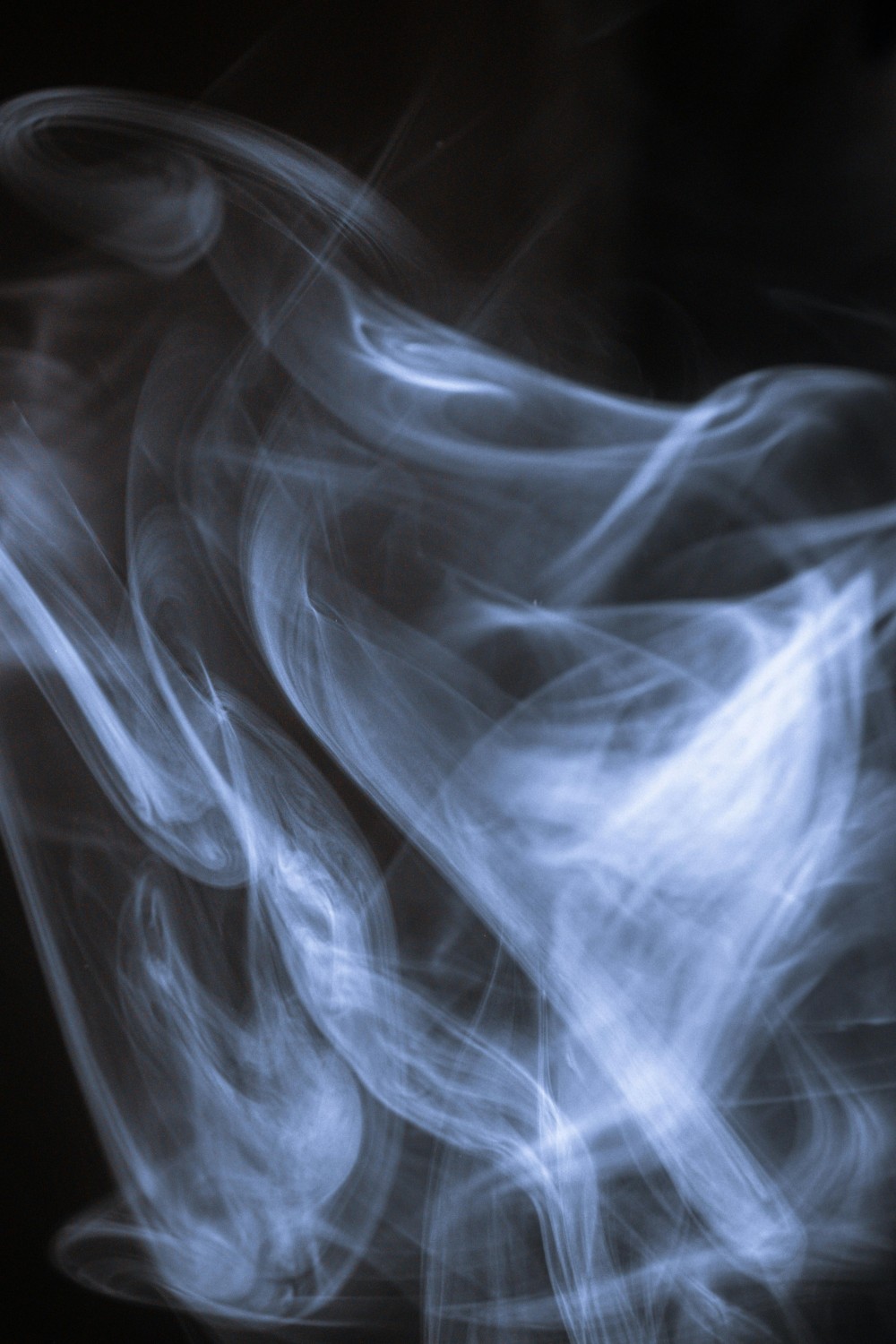
The Dangers Of Polyvinyl Chloride (PVC) Fumes
What Is Polyvinyl Chloride (PVC)?
Vinyl chloride is a highly flammable colourless gas. It is produced industrially for commercial uses as it does not appear naturally. It is primarily used to make polyvinyl chloride (PVC), which is a hard plastic resin used to make a range of plastic products including:
- Packaging materials
- Pipes
- Cable and wire coatings
Polyvinyl chloride (PVC) is one of the most widely used polymers in the world as it is durable and long-lasting, making it ideal for a variety of applications – both rigid and flexible. By using additives during the manufacturing process, characteristics such as weathering, transparency and colour can be adjusted to meet specific needs.
Industries that use polyvinyl chloride
Polyvinyl chloride (PVC) is used across a range of industries, including:
- Building and construction – PVC is used to create essential products like pipes, cables, flooring and roofing.
- Electronics – PVC coating is necessary for cable insulation – an essential component in domestic and circuit wiring.
- Healthcare – soft PVC is an essential material in the production of blood bags and non-breakable medical containers.
- Automotive – there are multiple applications for PVC in the automotive industry, from building dashboard components and door panels to cup holders and armrests.
Are polyvinyl chloride (PVC) fumes dangerous?
The production and burning of polyvinyl chloride generates a number of chemical pollutants and gases including phthalates, heavy metals, dioxins, vinyl chloride and hydrogen chloride – making it a hazardous product.
When burning PVC, hydrochloric acid (HCl) is produced. Not only is this highly corrosive to metals, which is why PVC units are coated internally – it can also be dangerous to health over long-term exposure. Workers at factories and facilities where PVC is used or produced are exposed to this substance primarily through inhalation, making it toxic to users.
The dangers of polyvinyl chloride (PVC) fumes
Acute exposure to polyvinyl chloride (PVC) and vinyl chloride can cause the following symptoms:
- Dizziness
- Fatigue
- Numbness and tingling
- Ataxia
- Irritation to eyes
- Respiratory tract irritation
- Wheezing
- Chemical bronchitis
How can a polyvinyl chloride (PVC) fume extractor help
According to the COSHH (Control of Substances Hazard to Health) Regulations 2002 approved code of practice and guidance under section 7,
“Every employer shall ensure that the exposure of his employees to substances hazardous to health is either prevented or, where this is not reasonably practicable, adequately controlled.”
This includes prioritising “the control of exposure at source, including adequate ventilation systems and appropriate organisational measure”.
At Purex, we recommend using the iFume 400i PVC fume extraction system, which is specifically designed to extract harmful contaminants produced by PVC applications. The automatic electronic flow maintains a constant extraction rate even if the filter blocks. What’s more, the simple installation and low running costs make our fume extraction system the ideal solution for your needs.
How Purex can help
Here at Purex, we provide an excellent level of service and support, including our 24-hour technical support service and start-to-end projects. Get in touch with our expert team today to find out more about our fume extractors for a variety of industries, or learn more about how Purex can help with your fume extraction needs.
Latest insights
-

Purex International Ltd Bids Farewell To Its Former Headquarters
Today marks the end of an era for Purex International Ltd. After years of innovation, collaboration, and growth within these walls, we say goodbye to... Read more -

The Role of Spark Arrestors in Fume Extraction Systems
When working with fume extraction systems, safety isn’t just about filtering out harmful fumes; it’s also about fire prevention. One key f... Read more -

How Regular LEV Servicing Prevents Health Hazards
You might not think it, but regular LEV maintenance is a very important aspect in safeguarding for the health and safety of workers in environments wh... Read more
How Purex can help
We provide an excellent level of service and support, including our 24-hour technical support service and start-to-end projects. Get in touch with our expert team today to find out more.